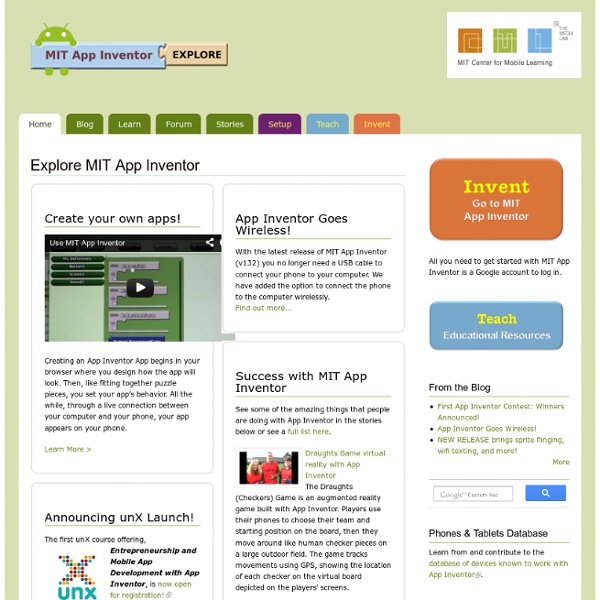Mission | Réseau de recherche E-Inclusion
L'objectif du Réseau E-Inclusion est d'opérer un réseau d'utilisateurs, d'artistes, de producteurs et de chercheurs afin de développer des outils de traitement de contenu audiovisuels et des méthodes de création de contenu, pour permettre aux créateurs et producteurs de contenu multimédia d'améliorer la richesse de l'expérience multimédia des personnes ayant une déficience sensorielle, en automatisant des aspects du processus de production et de post-production multimédia. Ce projet est financé en partie par Patrimoine canadien. L’expertise des chercheurs du réseau en reconnaissance vocale, traitement audio, audiovision, extraction automatique de contenu audiovisuel, ergonomie et interactions humain-ordinateur sera appliquée pour produire la description vidéo pour les personnes ayant une déficience visuelle et le sous-titrage pour les personnes sourdes et malentendantes utilisatrices de contenu culturel canadien. Les travaux de recherche sont regroupés sous trois thématiques :
the cross-browser WebSocket for realtime apps.
What is Socket.IO? Socket.IO aims to make realtime apps possible in every browser and mobile device, blurring the differences between the different transport mechanisms. It's care-free realtime 100% in JavaScript. Server Client How to use
La guerre du Web, par Tim O'Reilly
Un article majeur de l’un des gourous de la Toile, qui met le doigt là où ça peut faire bientôt très mal. Hubert Guillaud, nous le présente ainsi sur l’agrégateur Aaaliens : « Tim O’Reilly revient sur la guerre du Web : entre Facebook qui ne transforme par les liens en hyperliens, Apple qui rejette certaines applications menaçant son coeur de métier… Tim O’reilly répète depuis longtemps qu’il y a deux modèles de systèmes d’exploitation de l’Internet : celui de « l’anneau pour les gouverner tous » et celui des « petites pièces jointes de manières lâche », le modèle Microsoft et le modèle Linux. Allons-nous vers le prolongement du modèle du Web interopérable ?
openFrameworks
openFrameworks is an open source C++ toolkit designed to assist the creative process by providing a simple and intuitive framework for experimentation. The toolkit is designed to work as a general purpose glue, and wraps together several commonly used libraries, including: OpenGL, GLEW, GLUT, libtess2 and cairo for graphicsrtAudio, PortAudio, OpenAL and Kiss FFT or FMOD for audio input, output and analysisFreeType for fontsFreeImage for image saving and loadingQuicktime, GStreamer and videoInput for video playback and grabbingPoco for a variety of utilitiesOpenCV for computer visionAssimp for 3D model loading
Le neuromarketing, une nouvelle frontière
«Si tu ne peux pas voler, alors cours. Si tu ne peux pas courir, alors marche. Si tu ne peux pas marcher, alors rampe, mais quoi que tu fasses, tu dois continuer à avancer» – Martin Luther King Jr. Évolution ou utopie?
Automate cellulaire
Un article de Wikipédia, l'encyclopédie libre. À gauche, une règle locale simple : une cellule passe d'un état (i) au suivant (i+1) dans le cycle d'états dès que i+1 est présent dans au moins 3 cellules voisines. À droite, le résultat (complexe) de l'application répétée de cette règle sur une grille de cellules. Ce type d'automates cellulaires a été découvert par D.
CRISES
NetLogo Home Page
NetLogo is a multi-agent programmable modeling environment. It is used by tens of thousands of students, teachers and researchers worldwide. It also powers HubNet participatory simulations.
The breve Simulation Environment



